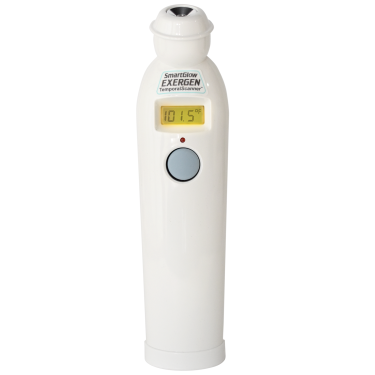As daily updates on COVID-19 deaths, overcrowded ICUs, and new virus variants continue, it’s easy to forget the lessons of the past. To many, the peak of the coronavirus pandemic feels more like a distant dream than a recent reality. Yet, the next pandemic could be closer than we think—and it may be caused by avian flu.
This virus, which circulates globally, is on the brink of jumping to humans. As CIDRAP Director Dr. Michael Osterholm explains in a recent podcast, “It will be no surprise if we find ourselves in a pandemic in a few months.”
A pandemic caused by the H5N1 strain of avian flu could be far more devastating than COVID-19. According to avian flu experts at Erasmus MC, a university hospital in the Netherlands, approximately half of those infected with H5N1 die. While the virus has occasionally jumped to humans over the years, it has not yet done so efficiently.
If H5N1 were to evolve into a form that spreads easily among humans, the mortality rate would likely decrease but still remain significantly higher than that of COVID-19. Unlike COVID-19, which largely spared children and healthy young adults, avian flu would not discriminate.
Why Is Avian Flu So Dangerous?
To understand the threat, it’s helpful to know a bit about virology.
A virus is essentially genetic material encased in a protein shell. This shell has protrusions that fit into specific receptors on animal cells, functioning like keys that unlock the cell and allow the virus to enter. Once inside, the cell is hijacked to produce new viruses.
Viruses are highly specialized, infecting only certain species. Avian flu, for example, is naturally adapted to birds. For thousands of years, this has limited its impact on humans. However, intensive poultry farming has made the virus much deadlier.
Historically, avian flu lacked the traits necessary for a human pandemic. For a virus to cause a pandemic, it must be both highly contagious and capable of causing severe illness in humans. But viruses evolve. With each replication, genetic mutations occur, and the more a virus replicates, the faster it evolves.
Large poultry farms create ideal conditions for this evolution. Crowded environments allow the virus to spread rapidly, increasing the likelihood of mutations that make it more dangerous. This is probably why highly pathogenic strains like H5N1 have emerged in recent decades.
How Close Are We To A Pandemic?
Scientists assess pandemic risk by examining how many genetic mutations would be needed for a virus to efficiently spread between humans. In the case of H5N1, a key factor is whether the virus can transmit through the air from mammal to mammal.
In 2012, Dutch virologist Ron Fouchier published a study investigating this possibility. In a secure lab, he introduced genetic mutations into the virus and infected ferrets—animals with respiratory systems similar to humans. While the virus was not initially airborne, after ten manual transfers between ferrets, it evolved into a highly contagious airborne strain. This transformation required only five mutations.
Fast forward to 2022: One of these mutations has now appeared naturally in the wild and is circulating widely. Other mutations that would enable airborne transmission between mammals are less common but could still occur.
Monitoring Your Health
The virus has already spread alarmingly close to humans. Since last year, H5N1 has been circulating among dairy cows in the U.S., infecting their udders and spreading via milking machines. So far, 67 people have been infected through contact with cows or poultry, with one fatality—a vulnerable individual. While the virus does not yet transmit efficiently between humans, experts warn that only one more mutation may be needed to make this a reality.
In these uncertain times, staying vigilant about your health is essential. One of the simplest yet most effective ways to monitor for potential infections is by regularly checking your body temperature. A reliable, highly accurate thermometer, like the Exergen Temporal Artery Thermometer, provides not only accurate but also easy to use readings and can help detect fever early.
Sources:
- Decorrestpondent (Dutch): https://decorrespondent.nl/15858/de-volgende-pandemie-komt-snel-dichterbij-tijd-om-vogelgriep-serieus-te-nemen/f58f216a-132d-0ca9-02ed-422c1572bee5
Exergen P/N, 850456





